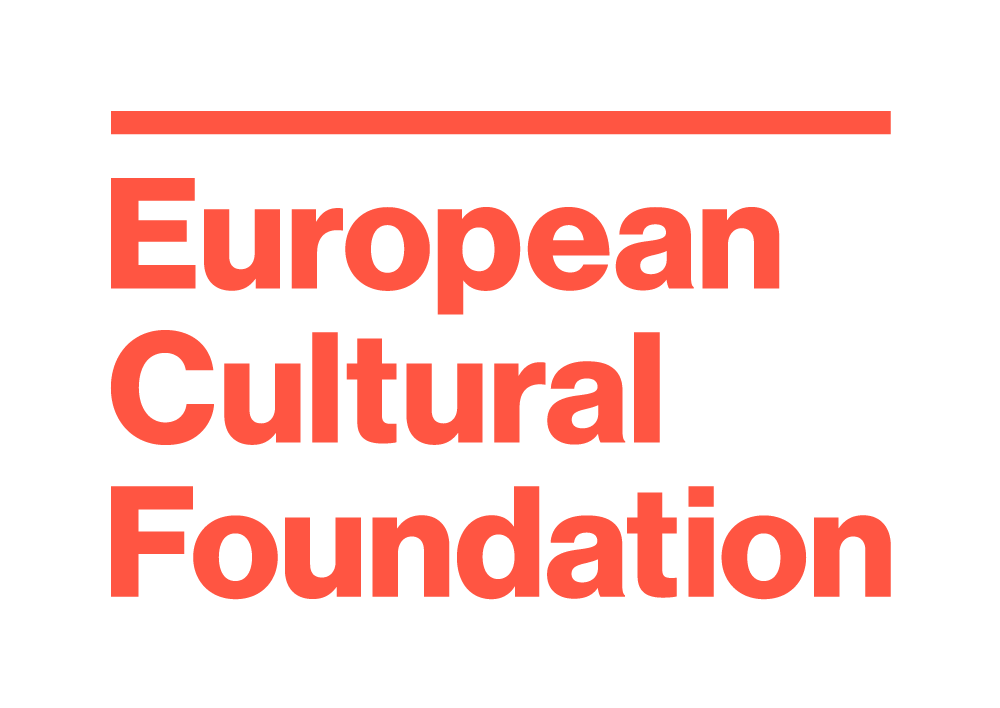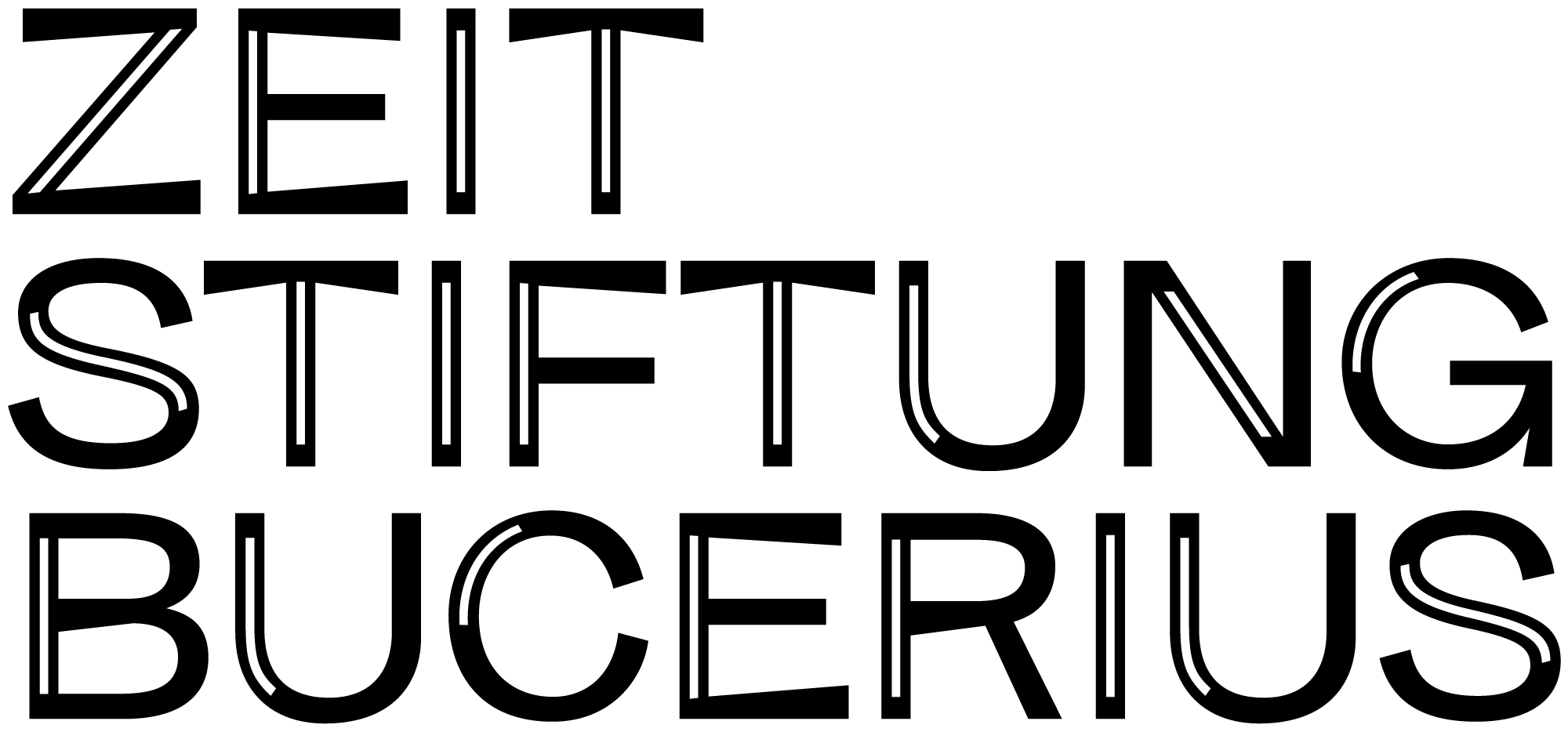17 articles
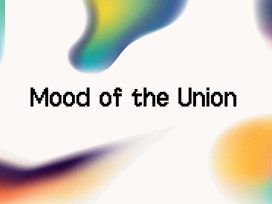
On 3 October 2013, over 360 men, women and children drowned off the coast of Lampedusa attempting to enter Europe. The tragic event – one of many at the gates of Fortress Europe – made Italian president Giorgio Napolitano lament the “slaughter of innocents” and triggered a new European debate on laws, borders and human rights.
One year after the Lampedusa shipwreck, we continue this debate, drawing on the fact that Eurozine is a transnational network, representing views and experiences from all parts of Europe – and beyond. Indeed, this focal point accompanies the Eurozine conference 2014 in Conversano, Italy, entitled Law and Border – House Search in Fortress Europe.
The renewed focus on migrants landing on Europe’s Mediterranean shores has highlighted the difference of perspectives between southern and northern EU countries, which first surfaced with the economic crisis in 2008. Many southern frontier member states – Italy included – feel that they are being left alone to deal with the economic, legal and moral challenges that come with refugees and asylum seekers. At the same time, the tensions between western and eastern Europe have never left the agenda. Populist politics demonizes immigrants per se; the most recent occasion for xenophobic rhetoric being the lifting of work restrictions on Romanians and Bulgarians earlier this year. There is a fortress within the fortress.
In Fabrizio Gatti‘s account of another tragedy in the Mediterranean, it becomes painfully clear how the policy of the European Union, its laws and regulations, decides over life and death. According to Gatti’s estimate, at least 268 people drowned in the shipwreck of 11 October 2013 – just a week after the disaster that allegedly opened everyone’s eyes to the “slaughter of innocents” taking place in European waters. But the tragedy could have been avoided, writes Gatti, had the vessels in the vicinity been allowed to respond according to common sense. However, they were not. Referring to laws and regulations, Italian authorities passed the buck of responsibility to Malta.
At some point such policies will be interpreted in ethical terms. As Kenan Malik writes, “Fortress Europe has created not only a physical barrier around the continent but an emotional one, too, around Europe’s sense of humanity.”
Never have there been more refugees in the world as today: an estimated 45 million in total. Or more. At the end of September 2014, just before the Eurozine conference in Conversano, 130,000 Syrian refugees crossed the border to Turkey – in one weekend! Does increasing investment in surveillance – which has so far been the standard answer to such developments – really go to the core of the matter? More often than not, migrants have no choice but to flee conflict situations, poverty or environmental degradation. This fact will not go away. On the contrary, climate change and increased global inequality will only add to an already volatile situation. On the policy front, Eve Geddie argues that “increased securitization and discrimination against migrants has neither reinforced the freedom, security and wellbeing of EU citizens nor curbed irregular migration”, insisting that it’s time to change the European discourse on undocumented migrants. And confronted with these “new categories of human beings created by an international state system in turmoil” – refugees, asylees, IDPs (internally displaced persons), PRSs (those in a ‘protracted refugee situation’), stateless persons… – Seyla Benhabib calls for a “new conceptualization of the relationship between international law and emancipatory politics […] so as to create new vistas of the political.”
Weekly, we hear about refugees drowning on their way to Italian territory. In the 1990s, the refugees trying to reach Italy were mostly Albanian. Italian vessels tried to stop them – resulting in the sinking of the Kateri i Rades on 28 March 1997 and the death of 83 Albanians. Travelling in Albania in 2012, Alessandro Leogrande, author of a book about the tragedy, finds that nobody wants to be reminded of these events.
Several other articles in the focus contribute further to the complex, often epic narratives underlying immediate crisis situations. Historian Imke Sturm-Martin asks: why the reluctance to historicize the subject of migration? And Claus Leggewie argues that “migration should be seen not as a peripheral phenomenon but as central to Europe’s shared memory”. Leggewie refers to a range of case studies, from the millions of foreign workers deported from German-occupied Europe during World War II and used as forced labour, to the colonial roots of much of today’s so-called “illegal immigration”.
Finally, looking to the future, Slavenka Drakulic observes one kind of Europe being replaced by another. Italy is the perfect illustration of this. Instead of attempting to conserve the cultural past, we should accept that migration will adapt much of what we consider “European” to its own image.
But first read Lina Ekdahl‘s deceptively simple prose poem. Ekdahl captures the characteristic mix of genuine curiosity and interrogative hostility with which newcomers have been met throughout history and which is no less pertinent in the era of Dublin regulations. The absence of question marks makes the eternal questions – what do you really want, why are you here – even more unheimlich.
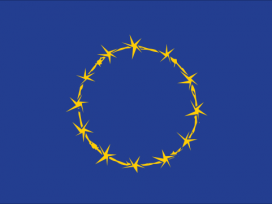

Imogen Tyler looks at how the manufacture of an asylum invasion complex within the public sphere aided the passing of UK legislation that reconstituted the refugee as a “national abject”. That is, as a (likely bogus) asylum-seeker subject to destitution, detention and exclusion.
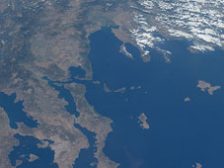
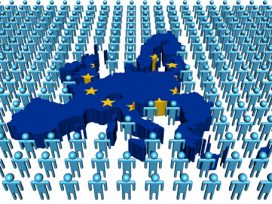
How much longer can the European Union reasonably claim to guarantee the free movement of persons as a fundamental right? As the internalization of EU external migration policy starts to kick in, Peo Hansen examines the implications for the future of EU citizenship as we know it.
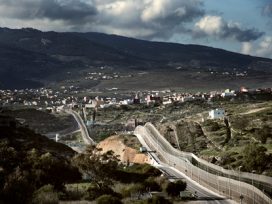
Offering undocumented migrants the assistance that they need is well within the means of EU member states, says Fabrizio Gatti in conversation with Glänta editors Göran Dahlberg and Linn Hansén. Instead, governments continue to bicker among themselves as to who is to pay and people continue to fall prey to the traffickers.
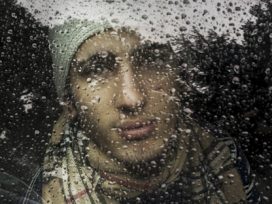
A journey in which there is no stereotypical marginality but that is full of humanity, balanced between the existential difficulty and the joy of living: this is the journey that viewers of Emiliano Mancuso’s work embark upon, writes Renata Ferri.
Over the past 14 years, about 17,000 immigrants have perished in the Mediterranean, trying to overcome the material and virtual walls that surround the European Union today. That’s 60 times the number of people who lost their lives attempting to cross the Berlin Wall in 28 years.

Does anyone feel genuinely at home in the age of global gentrification? Probably not, writes Agri Ismail, certainly not if the experience of the Kurdish diaspora is anything to go by. But so long as a Swedish song plays in an Irish pub in a chain hotel in Kurdistan, some sense of security remains.
A journey that takes one beyond the limits of human imagination: this is how Fabrizio Gatti describes his experience of a week spent undercover among immigrant labourers in Puglia in order to report on the horrors that these modern slaves endure.
According to Fabrizio Gatti’s estimate, at least 268 refugees drowned in the Lampedusa shipwreck on 11 October 2013. A month later, Gatti established that the tragedy could have been avoided, had the vessels in the vicinity with resources to support every victim been allowed to respond according to common sense. But they were not. Referring to laws and regulations, Italian authorities passed the buck of responsibility to Malta.
Two-thirds of Albanians had invested in the pyramid investment funds that collapsed in 1997, causing violent social unrest. Many fled to Italy and 83 perished en route in the sinking of the “Kateri I Rades”. But the memory of all this has been suppressed, writes Alessandro Leogrande.
The informal politics of distribution on the streets, of begging and of giving, makes visible the faults inherent in European welfare systems, writes Cecilia Parsberg. And the rules and statutes that aim to prevent poverty-stricken EU citizens from enjoying free movement add insult to injury.
In a deceivingly simple prose poem, Lina Ekdahl captures the characteristic mix of genuine curiosity and interrogative hostility with which newcomers have been met throughout history and which is no less pertinent in the era of Dublin regulations.
There’s a new Europe-wide refugee movement taking shape. It has succeeded in making the problems refugees face a permanent topic of public debate, one that politicians can no longer ignore. And broad social solidarity with its demands is growing too, writes Martina Mauer.
Afghan Jungle, Hazara Jungle and Palestine House. Such are the names of squats and camps in Calais that have existed in various incarnations for years: the result of two European nations fortifying themselves against crises of their own making, writes Timothy Cooper. History continues to repeat itself.
Never have there been more refugees in the world as today: an estimated 45 million in total. So what’s the current relationship between international law, emancipatory politics and the rights of the rightless? Seyla Benhabib on the urgent need to create new political vistas.

